In the 15th and 16th century the Polish – Lithuanian Commonwealth flourished economically and culturally. Anthropologist Edward B. Tylor wrote that culture is:
”…the product of human civilization. It is that complex whole which includes knowledge, belief, art, law, morals, custom, and any other capabilities and habits acquired by man as a member of society”.
https://openlibrary.org/books/OL24511422M/Primitive_culture (access 15.12.2021)
The 16th century was the most glorious phase of Polish cultural history. It was a multicultural state which had possessed great political power. Poland was a superpower in Europe. Historians call this period in the history “A Golden Age”.
“The Golden Age” was the period of the great ideas, scientific experiments and cultural experiences. It brought the ideas of Italian Renaissance to the Polish society and the new humanism. It put emphasis on moral development and introduced the importance of dignity and the worth of the individual.
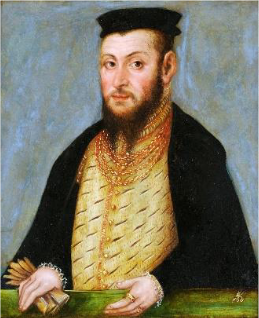
by Cranach the Younger
Please note, that traditions stemming from that time were in stark contrast to the ideas of Communism, which de-emphasised the individual human being and went so far as to say – it is “zero”-nothing (Lenin)! This deprived public society from dignity and was never going to be accepted by Poles.
During the Golden Age – the Polish Renaissance – language, art and literature in Kingdom of Poland developed and flourished. The Commonwealth drew artistic inspiration mainly from Italy, with which the Jagiellonian court cultivated very close relations. Polish Renaissance was modeled after the fashion of the West European Renaissance but adding unique Polish features.
Polish culture was mainly born from influences of the Latin world and its philosophy – from Greeks, Romans and Christianity, and also from the dialogue between ethnic minorities in Poland – mainly Jews, Germans and others. Dialogue and interpenetration of cultures have been major characteristics of Polish tradition for centuries. Kings welcomed foreign artists coming to Poland. Polish art and music have always reflected European trends, while maintaining its unique Polish character. This can be heard in the composition of a great composer and pianist of Romanticism – Fryderyk Chopin.
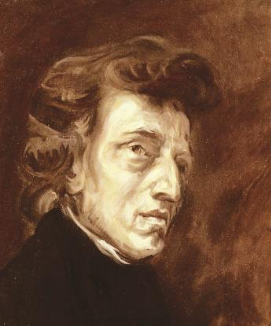
As we know, language is a part of the culture and the medium of the culture and should be developed and that is what happened during this time.
Until the 16th century Latin was the official language in Poland but now Polish language was introduced through Polish literature. Because Poland was a superpower in Europe – the Polish language became the language of commerce and diplomacy, (the so-called lingua franca) in various regions of Central and Eastern Europe.
Poles believe that preserving language, Polish traditions and culture helped to maintain Polish identity under the partitions, when Poland was erased from the map of Europe.
At present, Polish is spoken by approximately 50-55 million people across 80 countries, but mainly of course in Poland. An estimated 19 million people of Polish origin live abroad and try to maintain Polish traditions and language.
Renaissance was also the period of great religious tolerance in Poland, still surviving today. King Sigismund II August famously declared to his subjects: “I am not the lord of your conscience”. And the nobles signed a document in which representatives of all the major religions pledged mutual support and tolerance for each other.
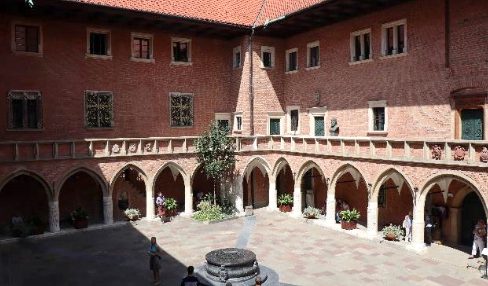
British historian Norman Davies wrote in “God’s Playground”:
“Certainly, the wording and substance of the declaration of the Confederation of Warsaw of 28th January 1573 were extraordinary with regards to prevailing conditions elsewhere in Europe: and they governed the principles of religious life in the Republic for over two hundred years”.
In effect, Poland became a place were the most radical religious sects sought refuge, trying to escape persecutions in other countries. They accepted king’s rules and lived on the territory accordingly to the law.
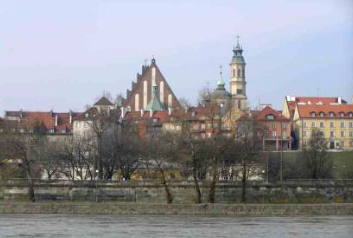
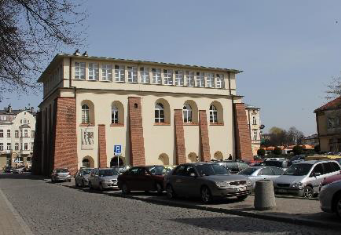
There were numerous Orthodox and Greek Catholic Churches, Lutheran and Calvin congregations, synagogues and mosques. Poland was a very liberal state comparing to the western countries where people were burnt on the stakes. Freedom of religion was guaranteed.
Abolishment of communism, which was against religion and did not promote Polish patriotic tradition and values, has changed the situation in our culture.
Poles continue tradition of religious tolerance, and after removal of censorship culture is flourishing in the atmosphere of freedom and peace! Social and cultural life is booming. We can’t deny that art and culture also are developing easily in a natural way and traditions are kept and cultivated in the state of freedom.
Poles, after experiencing so many dramatic events, changes and destabilizations during their turbulent history, would like to live in a free country in peace and have always a clear sky with the sun on the horizon…
But they know that the weather is constantly changing…. and they have to have …an umbrella.
Photos: A. Siedlecki & Wikipedia
Andrzej Siedlecki
www.andrzejsiedlecki.pl

